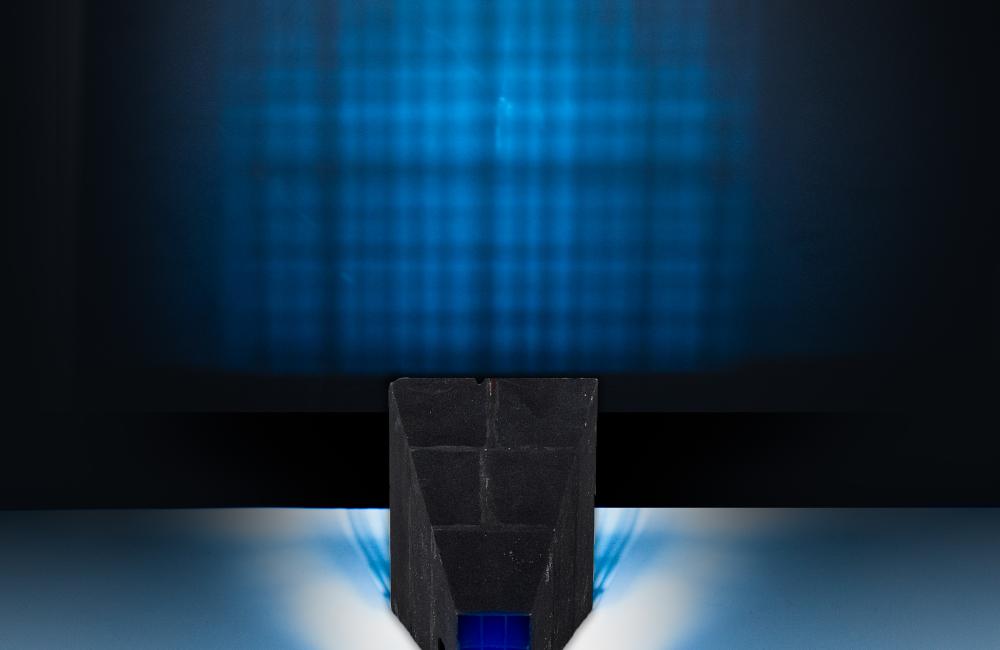2024-04-01 オークリッジ国立研究所(ORNL)
 Images of the 3D printed “Frankenstein design” collimator show the “scars” where the individual parts are joined, which are clearly visible at right. Credit: Genevieve Martin/ORNL, U.S. Dept. of Energy
Images of the 3D printed “Frankenstein design” collimator show the “scars” where the individual parts are joined, which are clearly visible at right. Credit: Genevieve Martin/ORNL, U.S. Dept. of Energy
<関連情報>
- https://www.ornl.gov/news/frankenstein-design-enables-3d-printed-neutron-collimator
- https://www.sciencedirect.com/science/article/abs/pii/S0168900224000913
中性子散乱の複雑な環境用に設計された3Dカスタム炭化ホウ素コリメータを高度に製造 Advanced manufacturing of 3D custom boron-carbide collimators designed for complex environments for neutron scattering
Fahima Islam, Garrett E. Granroth, Jamie J. Molaison, Desarae Goldsby, Derek Siddel, David C. Anderson, Amelia M. Elliott, Bianca Haberl
Nuclear Instruments and Methods in Physics Research Section A: Accelerators, Spectrometers, Detectors and Associated Equipment Available online:20 February 2024
DOI:https://doi.org/10.1016/j.nima.2024.169165
Abstract
Scattered-beam collimation is a very useful method to reduce unwanted backgrounds and to boost the desired sample signal instead. This approach is of particular interest for samples contained within a complex environment that gives rise to much unwanted parasitic scatter. As neutron scattering instrument and techniques advances, small samples are becoming of more and more interest, which necessitates optimized collimation. Here, we describe a concept for the design and fabrication of advanced scattered-beam collimation 3D printed from B4C specifically tailored for samples contained within acomplex environment. This concept is demonstrated through the use ofa diamond anvil cell for high pressure experimentation, a technique that very typically requires small samples. The collimators here are designed through a modeling procedure via Monte Carlo neutron ray tracing that encompasses the entire system: the instrument, the complex environment and the collimator. Since the first approach of simply scaling up of the print-size was not successful, a novel concept of a multi-part alternate-blade collimator was developed. This approach addresses printing constraints but gives greater flexibility in design. Its performance is computationally compared against an unprintable progressively tighter blade collimator to assess the effect of alternating blades. No strong difference was observed. Its performance was validated through experimentation at the Spallation Neutron Source. The results emphasize the critical importance of ultra-high precision alignment while showing good overall agreement between simulation and experiment and underscore the feasibility of the method and its real-world application.



